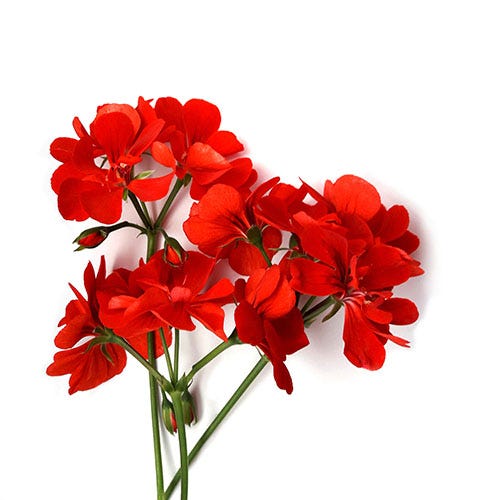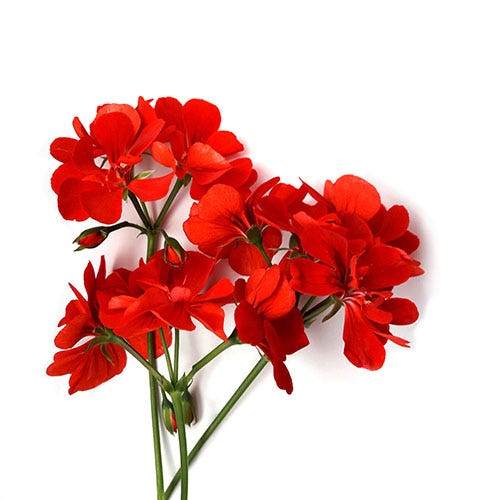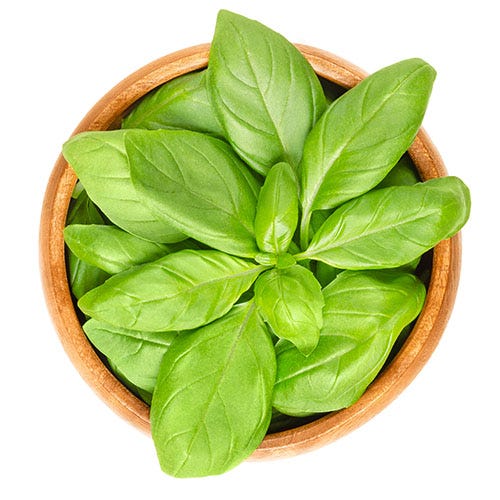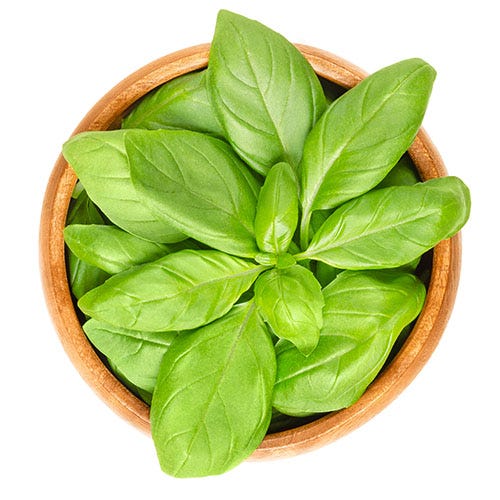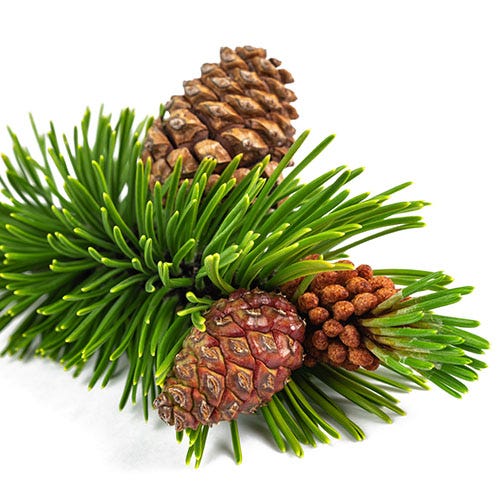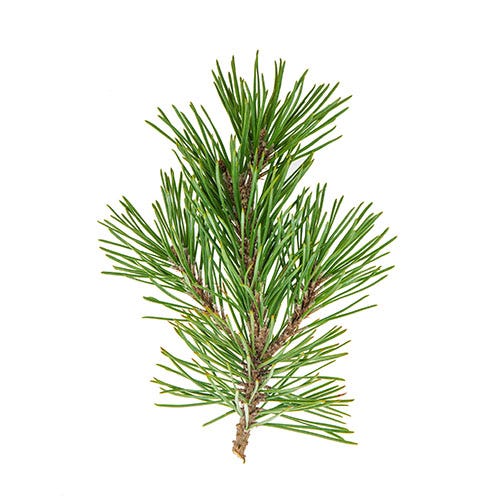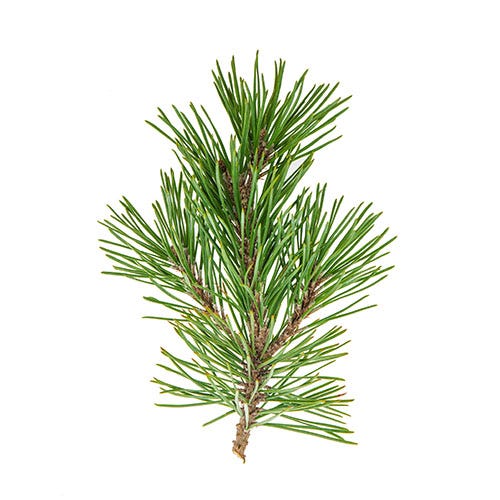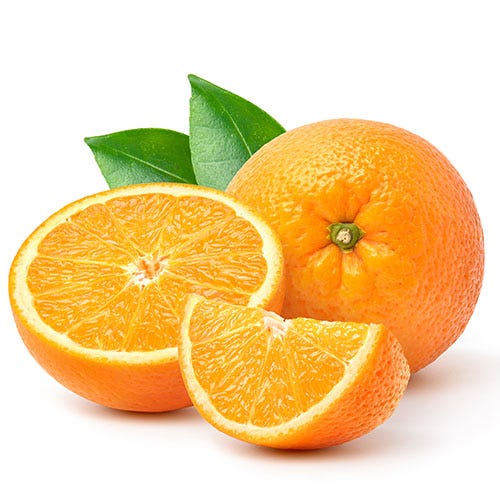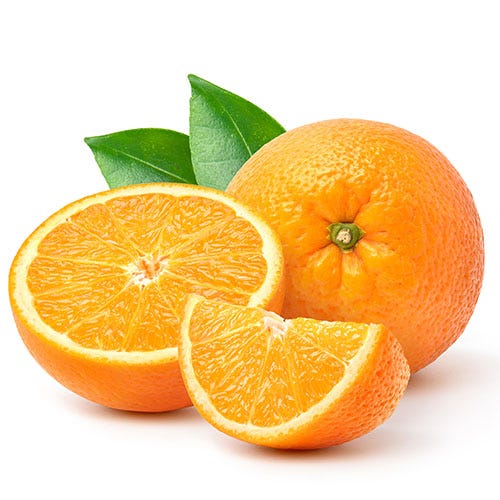
What Are Cannabis Terpenes & Why Do They Matter?
The gasoline-inspired funk of Sour Diesel; the refreshing citrus of Lemon Haze; the sweet-berry decadence of Strawberry Fields—the flavors and aromas of our favorite strains are no accident. It’s all thanks to terpenes, the chemical compounds found within the marijuana plant that provide cannabis with the distinct tastes and smells we love.
In this guide, we’ll cover:
- What Are Terps?
- What Do Terpenes Do?
- What is the Entourage Effect?
- What Are the Most Common Terpenes in Marijuana?
- Terpenes FAQs
What Are Terps?
Terpenes are the aromatic compounds found within the fine, resinous trichomes of cannabis flowers that give the plant its distinct flavors and aromas. Terpenes also contribute to the varied colors among different strains of the cannabis plant. And terpenes aren’t just in cannabis; they occur in nearly every plant species on Earth.1
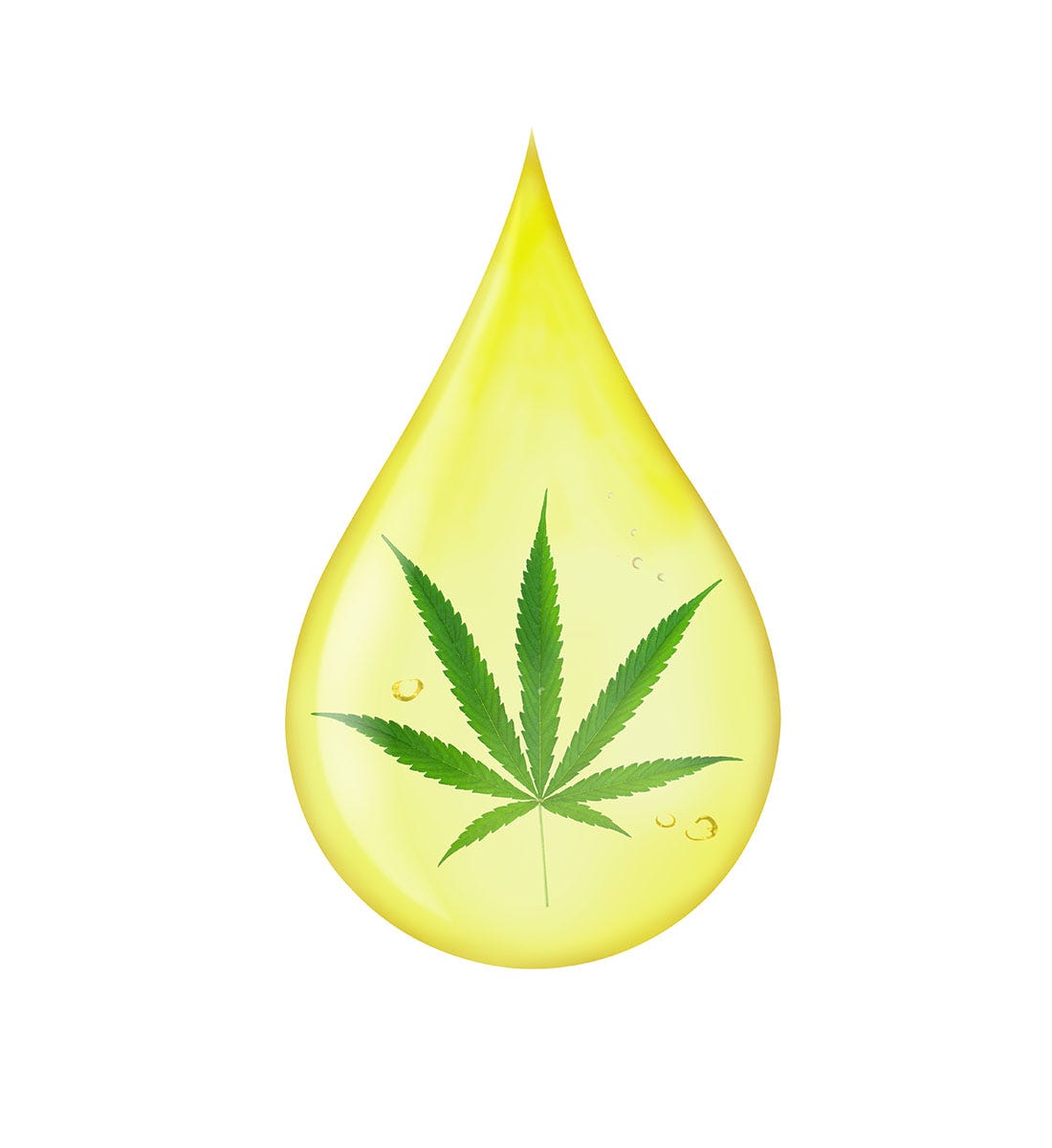

What Do Terpenes Do?
Anyone who’s ever engaged in aromatherapy has experienced the powerful effects of terpenes. They influence the scent, flavor, and protective functions of many plants. Wild plants of all kinds first evolved terpenes to deter pests and attract pollinators.
Terpenes give marijuana strains their particular flavors and aromas, making their consumption a feast for the senses and ultimately a full-body experience. This is why cannabis products that contain all their cannabinoids and terpenes are known as “full spectrum.”1
What is the Entourage Effect?
The entourage effect describes the phenomenon that occurs when cannabis is consumed with all its chemical components—cannabinoids, flavonoids, and terpenes, all working together in the body to heighten and amplify the effects of marijuana.
Research has found that terpenes may contribute to the potency of many cannabis products, whether THC or CBD, because they increase interactions between cannabinoids and the body’s endocannabinoid system.2


What Are the Most Common Terpenes in Marijuana?
Researchers have found 220 different types of terpenes in the cannabis plant, which may seem like a lot. But keep in mind, there are over 30,000 terpenes types that exist across the entirety of plant species.2 Here are the ones you’ll see popping up most often in your favorite strains:
Caryophyllene
Caryophyllene, or β-caryophyllene, beta-caryophyllene, or BCP, is not only one of the most abundant terpenes in cannabis, it’s also one of the most unique. Unlike other terpenes, caryophyllene is capable of interacting directly with the body's endocannabinoid system. This ability may contribute to its potential anti-inflammatory and pain-relieving properties.3
- Flavors and aromas: Peppery spice, herbal woods, warm earth
- Found in: Black peppercorn, basil, oregano, cinnamon, cloves, and rosemary
Geraniol
Geraniol is naturally produced by a variety of flowers and fruits, the main one being geraniums. The pleasant fragrance of geraniol makes it a popular ingredient in perfumes, cosmetics, and other household products. Geraniol has also been studied for its potential antioxidant, anti-inflammatory, and anti-fungal properties.4
- Flavors and aromas: Sugary florals, delicate citrus, mild citronella
- Found in: Geraniums, roses, peaches, plums, grapefruit, blueberries, and coriander
Humulene
Humulene, also known as α-caryophyllene or α-humulene, is an earthy, woody, and slightly spicy terpene found in high concentrations in the hop plant. It’s the humulene in hops that gives beer its signature hoppy taste and smell. Humulene has been investigated for its potential anti-inflammatory, antibacterial, and appetite-suppressing effects, and is commonly used in essential oils for herbal aromatherapy.5
- Flavors and aromas: Spicy herbs, bitter hops, pungent earth
- Found in: Hops, balsam fir, sage, ginger, coriander, cloves, and basil
Limonene
Limonene is one of the most prevalent terpenes in nature, largely responsible for the fresh, zesty scent of citrus fruits. In addition to its uplifting aroma, limonene is known for its potential mood-enhancing and stress-relieving effects, making it a popular ingredient in aromatherapy. Research also suggests that limonene may have antifungal, antibacterial, and potential cancer-fighting properties.6
- Flavors and aromas: Sugary florals, delicate citrus, mild citronella
- Found in: Geraniums, roses, peaches, plums, grapefruit, blueberries, and coriander
Linalool
Linalool is often associated with lavender due to its soft, floral, and slightly spicy aroma, but this terpene can be found in over 200 plant species. Known for its calming and sedative properties, linalool is frequently used in aromatherapy to reduce stress and promote relaxation and can be found in many cosmetics and household products. Studies suggest that linalool may also have potential anti-inflammatory, antimicrobial, and immune-boosting benefits.7
- Flavors and aromas: Herbal lavender, spicy wood, fresh florals
- Found in: Lavender, roses, basil, thyme, coriander, citrus fruits
Myrcene
Myrcene is the most abundant terpene in cannabis, dominating the terpene profile of many different strains. It has a musky, earthy, and herbal aroma with subtle fruity notes, and is a main player in beer production alongside humulene. This terpene is believed to contribute to the drowsy, relaxing effects of certain cannabis strains because of its potential sedative properties. Myrcene has also been researched for possible pain-relieving and anti-inflammatory benefits.8
- Flavors and aromas: Ripe mangoes, musky earth, spicy herbs
- Found in: Mangoes, lemongrass, bay leaves, thyme, hops, and cloves
Ocimene
Ocimene boasts a complex and refreshing aroma profile that blends woodsy, floral, and citrus notes. It’s often used in many household cleaning products to produce that fresh, pine-like scent. Ocimene is thought to have antifungal and anti-inflammatory properties and is sometimes included in fragrances and essential oils for its uplifting and energizing qualities.9
- Flavors and aromas: Herbal woods, fresh citrus, sweet florals
- Found in: Mint, orchids, citrus fruits, mango, and lavender
Pinene
Pinene is exactly what it sounds like—the terpene that gives pine trees their distinct, woodsy aroma. It’s one of the most common terpenes found in nature. Studies on pinene have shown its potential as a bronchodilator, meaning this terpene may help improve respiratory function in humans. It has also been studied for its possible cognitive benefits, like improving short-term memory.10
- Flavors and aromas: Pine forests, sweet woods, spicy sap
- Found in: Pine needles, orange peels, rosemary, basil, parsley, dill, and turpentine
Terpineol
Terpineol can be hard to pin down. Its smell is subtle and debated, and there’s often such small amounts of it in cannabis that it’s easily overpowered by other terpenes. Still, it can have a big impact on the overall flavor and aroma of many cannabis strains. Some people describe the scent of terpineol as having minty and pine-like qualities, while others compare it to the scent of lilac, citrus, or even anise-like licorice. It’s a common ingredient in perfumes, cosmetics, and essential oils, and has demonstrated some promise as an antibacterial and sedative agent.11
- Flavors and aromas: Fresh lilac, mild citrus, minty woods
- Found in: Lilacs, pine trees, and eucalyptus
Valencene
Valencene is named for Valencia oranges due to its strong citrusy, sweet, and slightly woody scent. It’s often used in perfumes and cleaning products for its bright and energizing aroma. Research suggests that it may have insect-repellent properties and potential anti-inflammatory effects.12
- Flavors and aromas: Juicy citrus, fresh-cut wood, sweet fruits
- Found in: Oranges, grapefruit, and tangerines


Terpenes FAQs
Terpene research continues every day, so we’re always excited to answer questions about it. Here are a few of the most frequently asked questions about terpenes and their answers:
Can terpenes make you “high”?
On their own, terpenes won’t deliver the same “high” many people associate with consuming cannabis. This is because they don’t directly interact with the endocannabinoid system.
How are terpenes different from cannabinoids?
While they’re both important compounds found in marijuana, cannabinoids and terpenes have several big differences. For one, terpenes are flavorful and aromatic, whereas cannabinoids are odorless and tasteless. Terpenes are found in nearly every plant species; cannabinoids are found mostly in cannabis plants (though they also appear in black pepper and echinacea). Cannabinoids have a direct impact on the endocannabinoid system; terpenes do not, though they do stimulate other sensory systems in the body.2
Are terpenes the same as CBD?
No, terpenes are not the same as CBD. While they are both natural compounds found in cannabis, CBD (cannabidiol) is a cannabinoid. This means it can interact with the body’s endocannabinoid system. Terpenes don’t have this ability (aside from caryophyllene). CBD and terpenes may work together to contribute to the entourage effect.
What terpenes are in sativa?
Sativa strains are often associated with uplifting, energetic, and cerebral effects because their terpene profiles feature citrusy, fruity, and pine-like aromas. Limonene enhances mood and reduces stress, while pinene promotes alertness, memory retention, and respiratory benefits. Ocimene adds a sweet, herbal aroma that may boost energy, and caryophyllene, found in both sativa and indica strains, provides stress relief without sedation.13
What terpenes are in indica?
Indica strains are known for their deeply relaxing, body-soothing effects, which can be attributed to their earthy, musky, and floral terpene profiles. Myrcene, the most abundant terpene in many indicas, is believed to enhance sedation and contribute to the "couch-lock" effect. Linalool, commonly found in lavender, provides calming, anti-anxiety benefits, while humulene offers earthy, woody aromas to aid in relaxation. Terpineol, with its floral and herbal scent, is thought to enhance the sedative effects of indica strains, making them ideal for stress relief.13


Understanding Terpenes
Without terpenes, there would be little to distinguish one marijuana strain from another. They bring variety, they light up our senses, and they may benefit us in ways we haven’t even discovered yet. The next time you’re shopping cannabis products, pay some extra attention to terpenes—you may just discover your next favorite strain.
Sources:
1. “What are cannabis terpenes and what do they do?” Leafly, September 20, 2022, https://www.leafly.com/news/cannabis-101/terpenes-the-flavors-of-cannabis-aromatherapy
2. “What’s the Difference Between Terpenes and Cannabinoids?” Leafwell, October 7, 2024, https://leafwell.com/blog/difference-between-terpenes-and-cannabinoids
3. “What is caryophyllene and what does this cannabis terpene do?” Leafly, January 17, 2024, https://www.leafly.com/news/science-tech/caryophyllene-terpene
4. “Meet Geraniol, the Sweet Cannabis Terpene With a Citrus Aroma,” Leafly, July 28, 2020, https://www.leafly.com/news/science-tech/what-is-geraniol-marijuana-terpene
5. “What is humulene and what does this cannabis terpene do?” Leafly, July 28, 2020, https://www.leafly.com/news/science-tech/humulene-terpene
6. “What is limonene and what does this cannabis terpene do?” Leafly, September 26, 2022, https://www.leafly.com/news/cannabis-101/what-is-limonene-and-what-are-the-benefits-of-this-cannabis-terpe
7. “What is linalool & what does this cannabis terpene do?” Leafly, May 12, 2022, https://www.leafly.com/news/science-tech/linalool-cannabis-terpene-benefits
8. “What is myrcene and what does this cannabis terpene do?” Leafly, January 17, 2024, https://www.leafly.com/news/science-tech/myrcene-terpene
9. “What is ocimene and what does this cannabis terpene do?” Leafly, July 28, 2020, https://www.leafly.com/news/science-tech/benefits-of-ocimene-terpene
10. “What is pinene and what does this cannabis terpene do?” Leafly, December 7, 2023, https://www.leafly.com/news/cannabis-101/what-is-pinene-and-what-are-the-benefits-of-this-cannabis-terpene
11. “Guide to Terpineol, the Terpene Alcohols That Smell Like Lilacs and Fruit,” Leafwell, October 7, 2024, https://leafwell.com/blog/terpineol
12. “Valencene,” Leafly, https://www.leafly.com/learn/cannabis-glossary/valencene
13. “Your GoodRx Terpene Guide: 6 Common Cannabis Terpenes and Their Effects,” GoodRx, October 18, 2024, https://www.goodrx.com/health-topic/cannabis/terpene-guide




